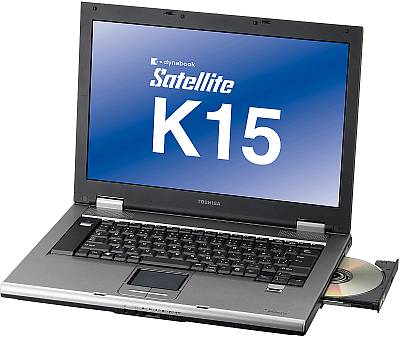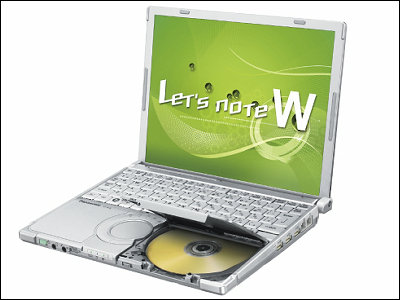Why Panasonic sticks to "Made in Japan", Let's Note Kobe Factory Tour Report

It combines the four features of light weight, long driving time, high performance, and robustness, and Panasonic's "40% share of the domestic mobile PC market"Let's Note"is. In 2014, the world's lightest 10-inch LCD with 2in1 model Mobile notebook PC "RZ series"Let's note series announced are all produced at the Kobe factory in Japan. In addition to Letts notes at the Kobe factory "ToughbookWe have been observing why Panasonic is sticking to "Made in Japan" so far, and the Kobe factory producing Let 's Notes in order to approach that mystery.
Kobe factory information | Made in japan | Panasonic
http://panasonic.biz/pc/news/madeinjapan/kobe.html
I came to the Kobe factory in Panasonic in Nishi Ward, Kobe City, Hyogo Prefecture. The Kobe factory is located at a distance from Moriguchi City where Panasonic's technology, sales and service departments are located for easier cooperation such as an hour by car.
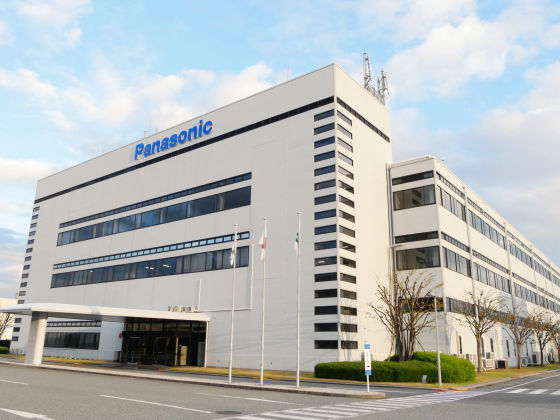
Welcome to the showcase where products such as Let's Note and Toughbook were exhibited as they passed through the entrance.
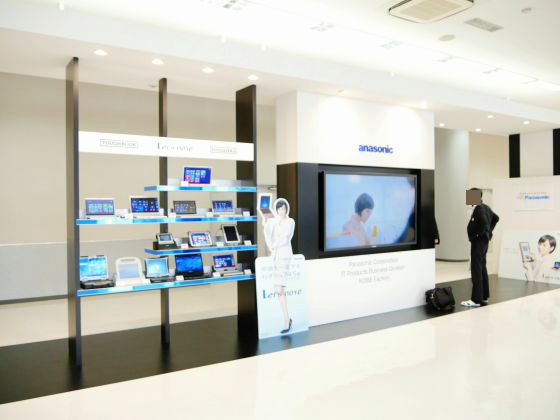
The models released in the past are lining up.
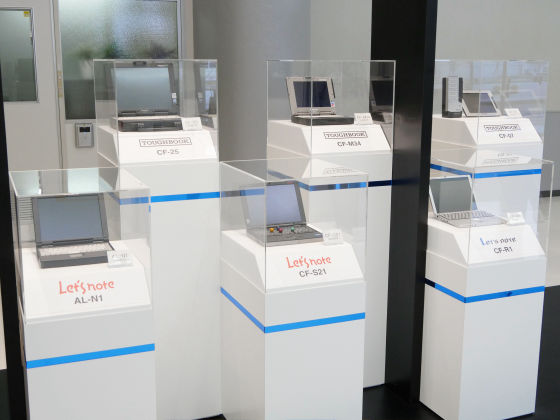
This was the first mobile Let's Note that sales began in 1996 when the word mobile PC did not exist "AL-N1"is. Although the laptop PC at that time had a weight of about 2 kg although it was light, the weight of AL-N1 was suppressed to 1.5 kg or less, and it exists like a pioneer of mobile PC.
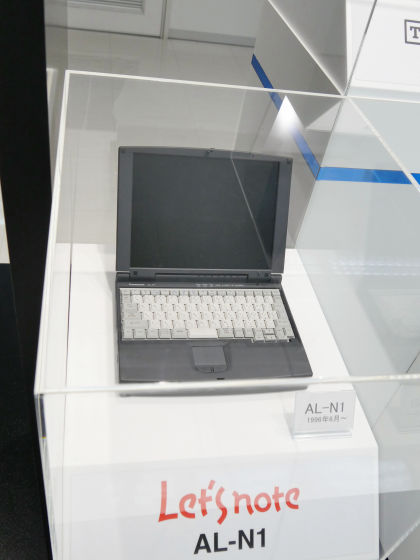
The best balance notes that appeared in June 1998 are the standard five-hour drive and the trackball "CF-S21"
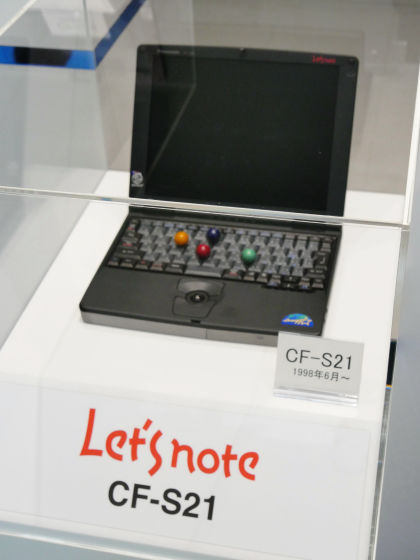
"CF - R1" which realized light weight and long time driving of about 660 g at about 960 g and was popular is a business mobile PC released in 2002.
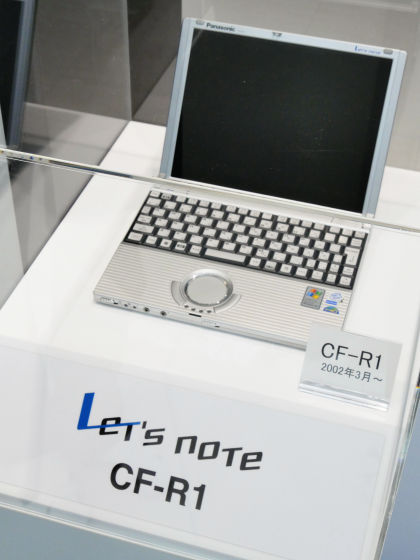
Here is the current series slurry.
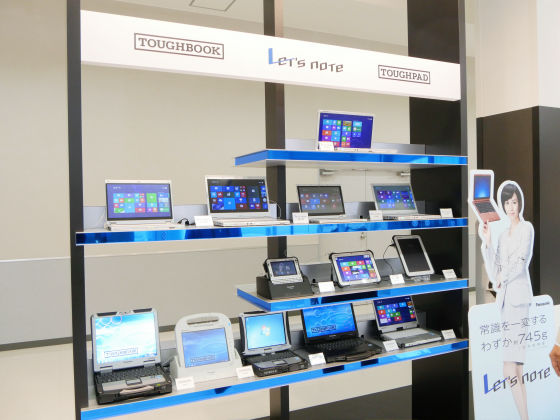
Toughbook 's "broken" even if it drops from a height of 1 m 20 cm "CF-31"Actively work in the medical field etc.CF - H 2"
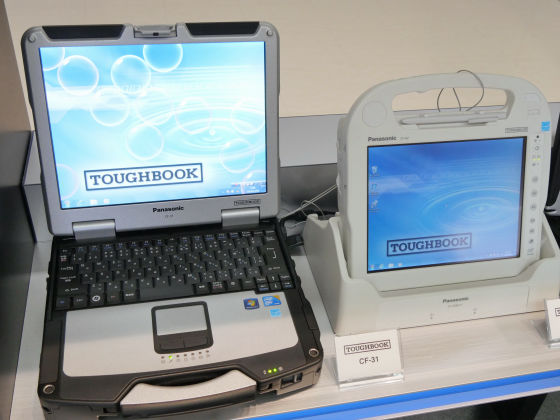
The 4 K IPS α liquid crystal panel is mounted, achieving high resolution of 3840 × 2560Tough pad 4K"He is active in various situations such as watching X-rays at the medical scene or enabling meetings around the desk.
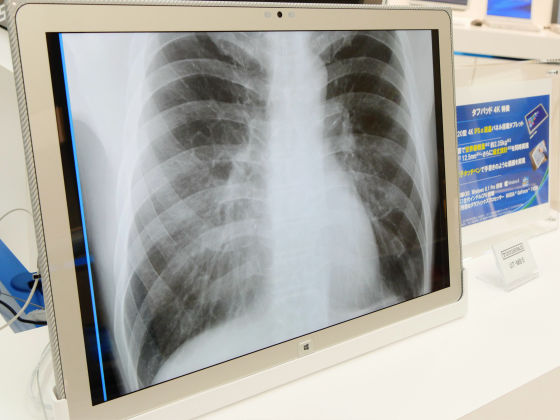
In the showcase, "Handy Terminal" and "Card Payment Terminal" that everyone saw were also on display.
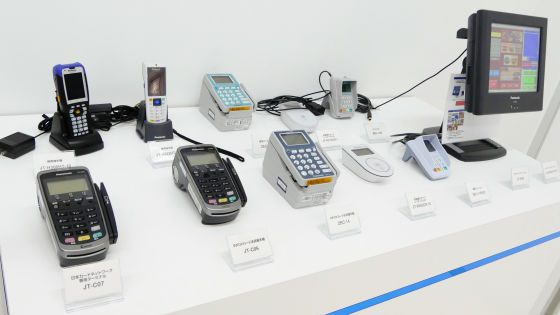
There are various models in Toughbook and Lettsnote, but Panasonic is committed not to "a versatile model that can accommodate any situations" but "a model specialized in the needs of each field and user". For that reason, we are strongly working on product creation that reflects user's feedback, for example, when there was a request from the US police who used Toughbook to ask "You want to be able to retrieve only the hard disk" We developed a model that can take out the hard disk to. The reason why the US police wanted to take out the hard disk was "I can not go out to buy coffee while leaving the Toughbook installed in the car of the patrol car, I want to bring it even with just the hard disk".
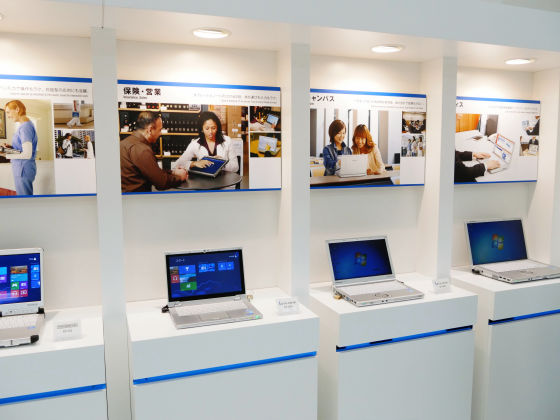
After having asked the past and current model of Toughbook and Lettuyne to be tapiri, we finally started the tour inside the factory. The first guidance was an environmental testing laboratory that evaluates and verifies development machines with dedicated testing facilities to ensure product quality.
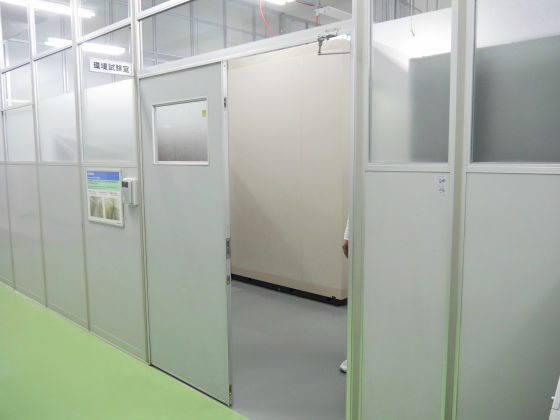
A large part of the environmental testing laboratory, which I had never seen before, was lined up.
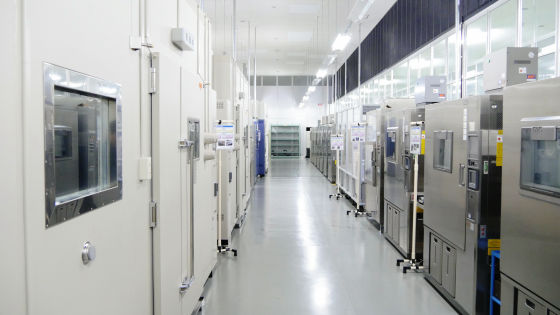
A machine that tests whether there is a problem even in a high temperature or low temperature environment by putting PC or parts in the facility where temperature is set.
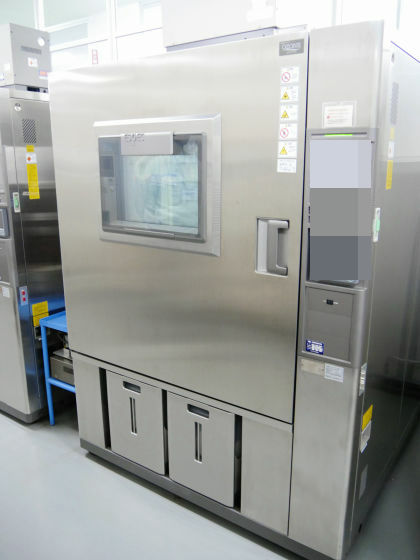
This is a facility called a thermostatic oven which tests whether the PC operates while keeping the temperature constant by arranging the PC inside. It is much larger than the one that appeared first.
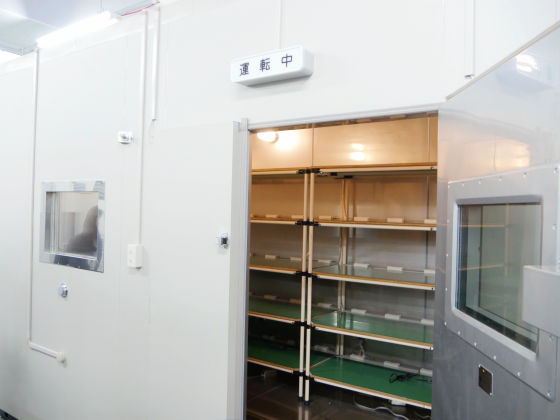
The waterproof tester performs IPX 4 level waterproof test and watering 1.8 liters of water from 360 degrees per minute. I was not able to hide surprises in the way I sprinkled water on my PC as much as I said while rotating.
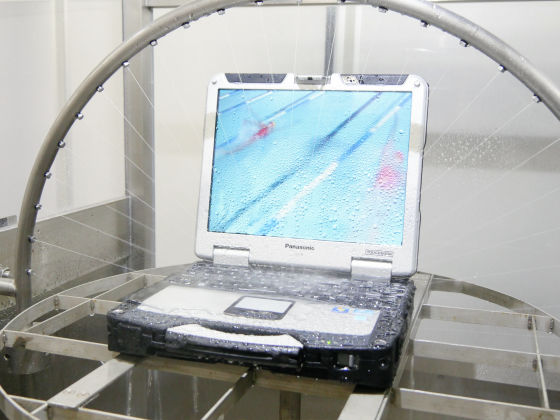
You can check how the waterproof tester is spraying water on the Toughbook from the following movie.
A state that Toughbook is sprinkling water on a waterproof tester - YouTube
There are other waterproof testers, and the following image is conducting the IPX 5 level test, and it takes 3 minutes or more of water of 12.5 l / min from the distance of about 3 m. I have never seen a place where PC is a bishochi.

You can check where you are wearing 12.5 liters of water per minute on the Toughbook from the following movie.
How to wear 12.5 liters of water per hour on a Toughbook - YouTube
This is a thermal shock test machine and it is a machine that tests how long the PC board has by giving it repeated impact of high temperature and low temperature. All kinds of testers of various kinds were developed by Panasonic, and it can respond quickly even when trouble occurs.
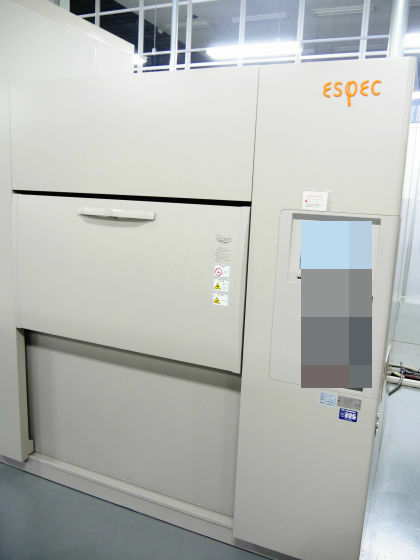
Once I got out and guided it was a big building named "10 m wave anechoic chamber".
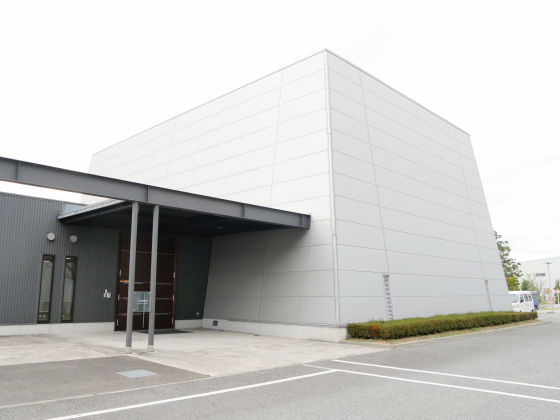
I open the door of a really strong blue door and go inside.
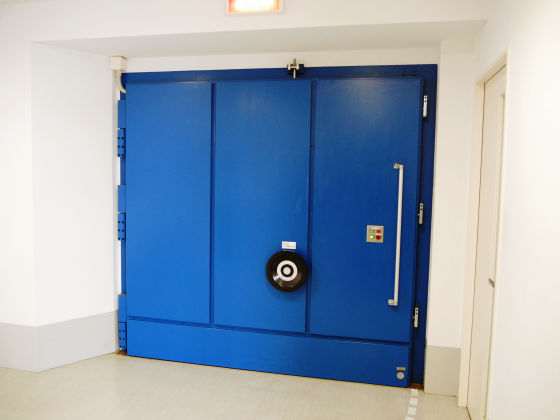
The thickness of the door as you know it opens.
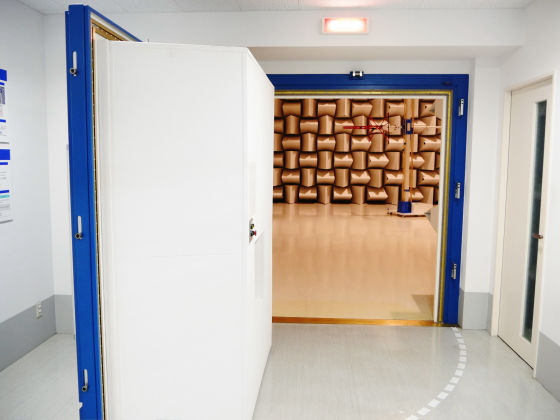
The thickness of the door is about two human beings at once.
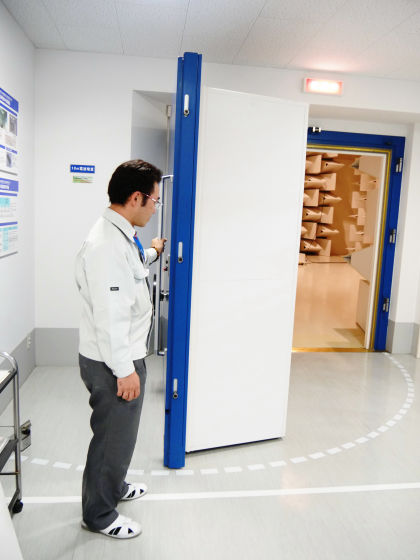
When entering the room, I was surprised at the wall with the protrusion. It is also attached to the ceiling. The 10 m radio anechoic chamber is a facility that carries out compliance checks against electromagnetic wave regulations around the world. When confirming conformity of electromagnetic waves, "Do PC with measuring instrument 10 m apart"So it is necessary to prepare a large room so far.
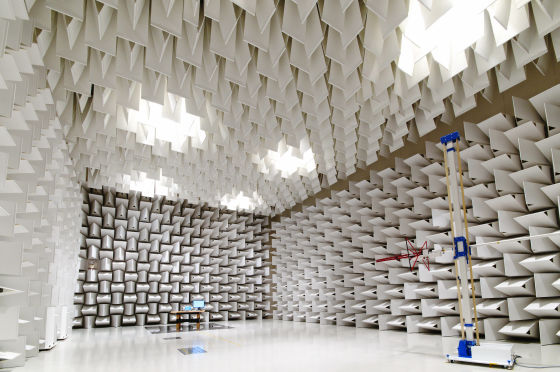
10 m Radio Wave Absorber It is a hollow wedge type radio wave absorber which is attached to the wall of the anechoic chamber tightly.
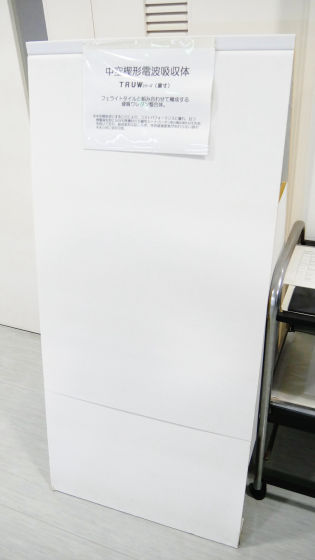
This is a measuring instrument for electromagnetic waves.
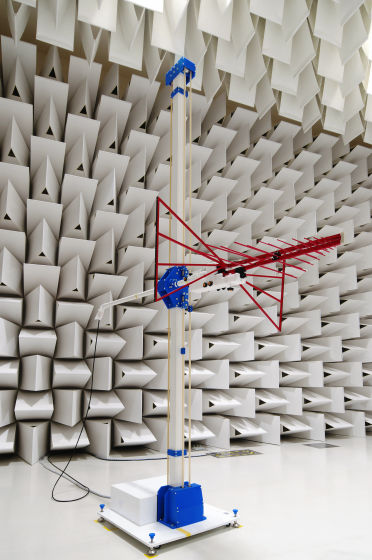
Behind the image is a PC that emits electromagnetic waves, and measuring instruments are installed 10 m apart.
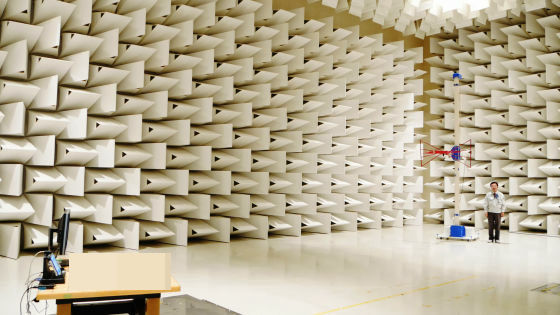
In the 10 m radio anechoic chamber, radio waves from mobile phones and smart phones are blocked at all, so it will not be possible to contact the outside if it is trapped. For that reason, a black round handle is attached to the inside of the door so that you can escape when you have a problem. In addition, it is said that there has never been any such thing as a person being trapped by the time of the interview.
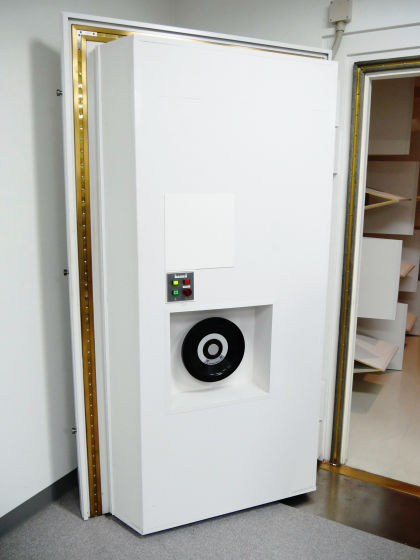
10 m in the shock Reflect the anechoic chamber and go back inside the factory again. It was the falling test room that I was informed.
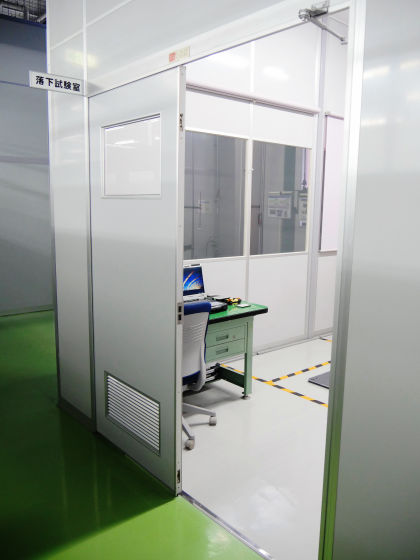
The PC has six surfaces, eight corners, and twelve ridges, falling from all directions of 26 directions and testing durability is a drop test. That means that we will conduct 26 tests on one model.
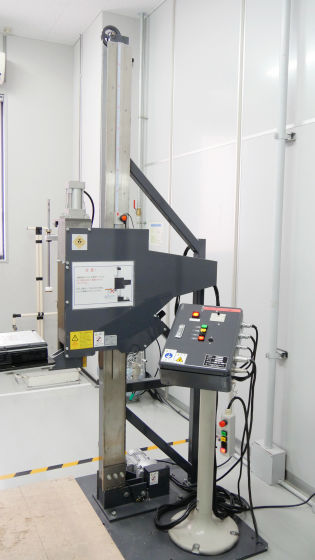
The appearance of actually performing a drop test can be confirmed from the following movie.
A state of free fall test
As shown in the image below, the PC is obliquely oriented or it falls from various directions.
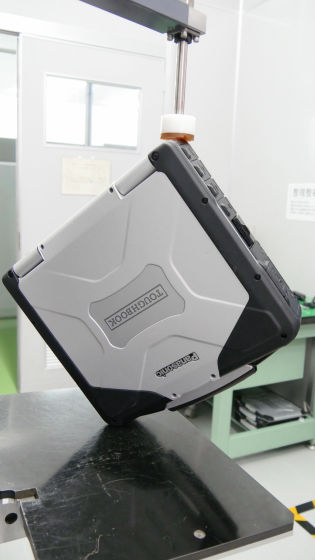
Call center on the first floor ......
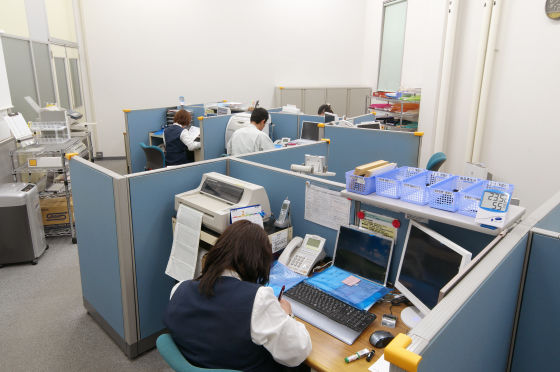
There is a repair center. The call center responds directly to inquiries from users centered on web sales. Adjacent to the repair center means that users' requests can be reflected quickly, the repair time can be shortened to the utmost, and various advantages will be born.
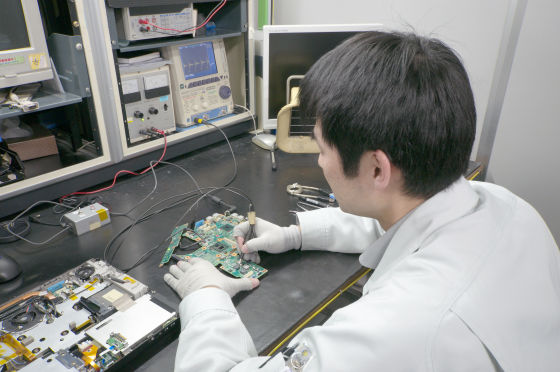
After finishing the tour of the first floor, we went on a tour of the production area on the second floor. In the production area, the processes of mounting, board assembly, completion assembly, inspection and customization are carried out.
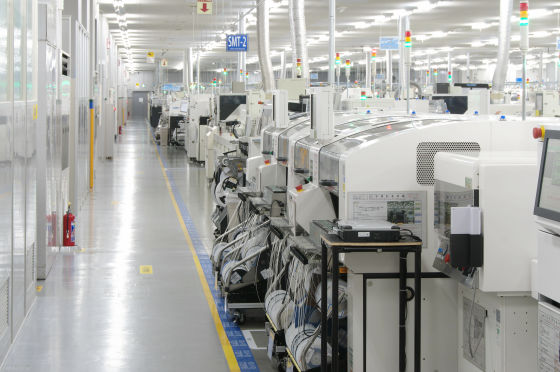
The production area starts from mounting the board. Implementation begins with placing a cream solder on the board, printing a QR code to confirm which substrate was made and when.
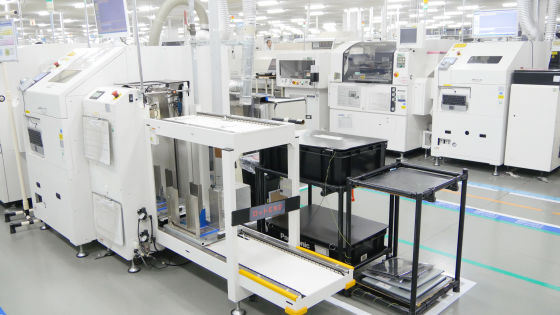
The board on the left is before mounting and the board on the right after mounting. Approximately 1500 to 1600 parts are attached to 8 to 10 layers of board.
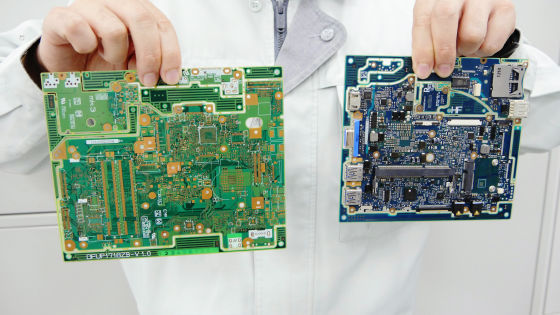
After placing the cream solder, attach the parts with the electronic component mounting machine.
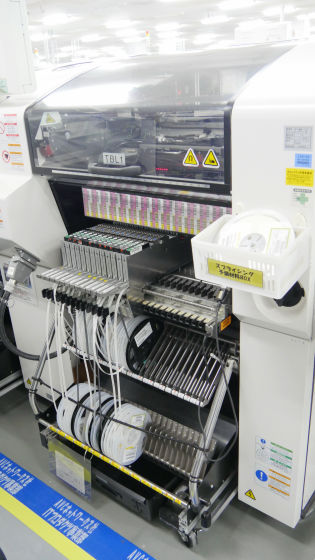
As the electronic component mounting machine moves furthest towards the back, we gradually attach larger components from small parts to the substrate. Four machines can be processed simultaneously on one machine.
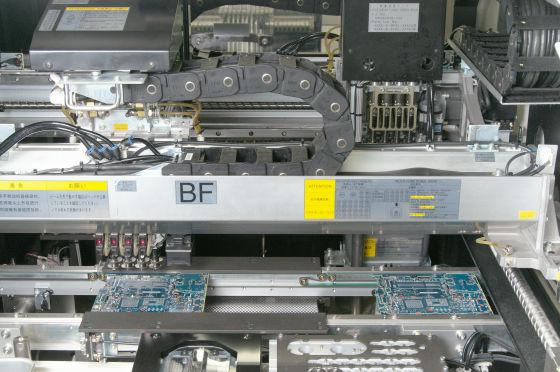
The state that the electronic component mounting machine wears the parts on the board can be confirmed from the following movie.
A state where parts are attached to the board with electronic component mounting machine - YouTube
On the lower side of the electronic component mounting machine, parts were packed closely with items like tapes.

After placing the parts on the cream solder in the electronic parts mounter, heat the solder stepwise from 180 ° C to 270 ° C, melt the solder, then cool and solidify. When the implementation is finished, it is checked whether parts are placed correctly. I will take a picture of the master and if there is a funny part compared with it, it will start to hurt. If it was repaired, check if there is a problem in the previous process or a bigger problem. Since only one side is finished at this stage, the same process is done again and the other side is mounted.
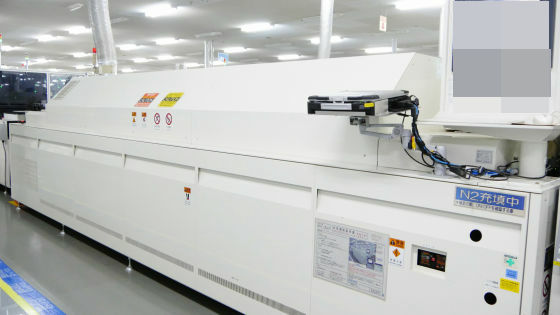
When mounting is completed, board test by robot. In the board test, the robot checks the three boards with time lag.
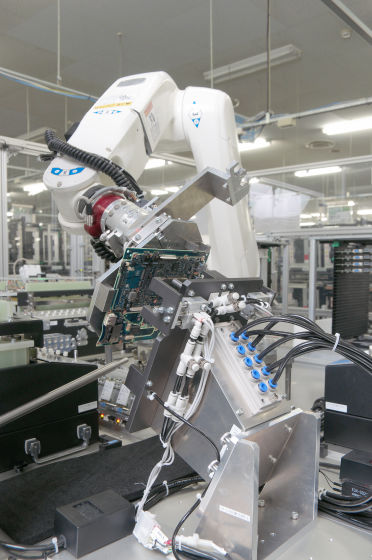
For robots, the difficulty level is high is the work of inserting extended memory for testing. It is possible to adjust by human beings, but it is because robots need to program all.
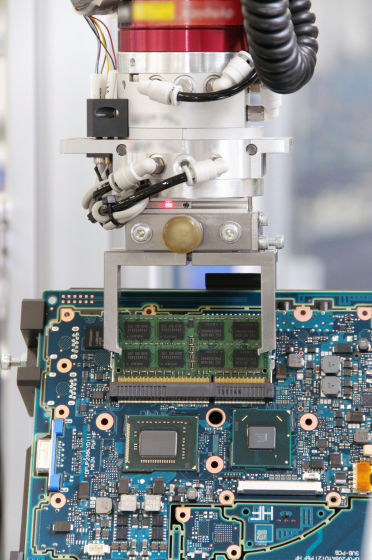
After mounting the board it is the assembly process. Although the robot is working on a line by line, assembly is done manually one by one. For some reason, people are stronger than robots. Even if the work process is changed, it is because people can respond immediately and work hours will be faster.
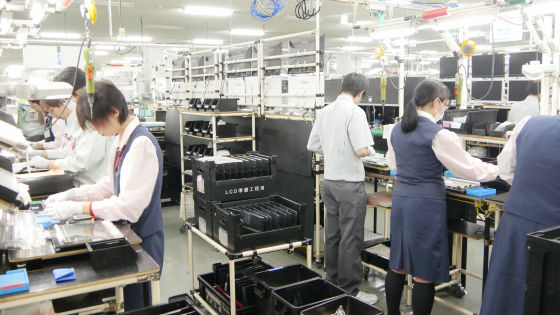
The interior of the factory is divided into areas according to partner companies such as "common passage / shared space" and Panasonic Excel staff / Nippon Keitem, and Panasonic employees can not enter the space of the partner company, but this time special work I asked you to see the area.
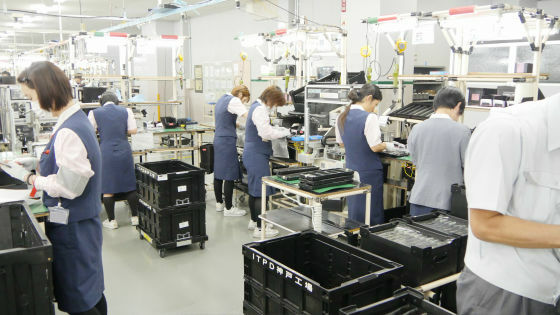
I am assembling Let's Note RZ 4 series. Assembly is carried out carefully one by one as being too polite.
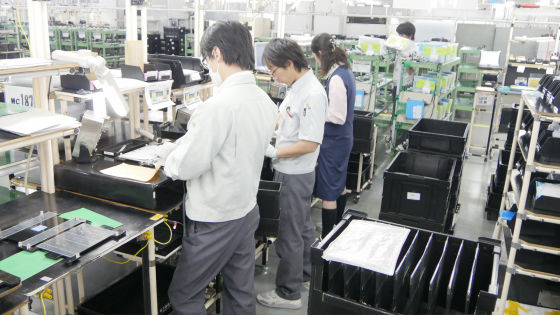
When assembly is completed, specialized staff check one by one.
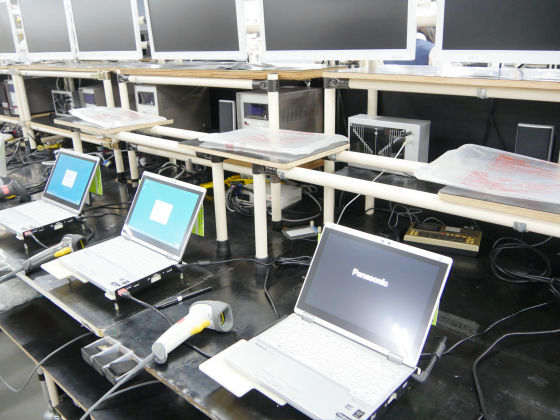
It is shipped through these processes.
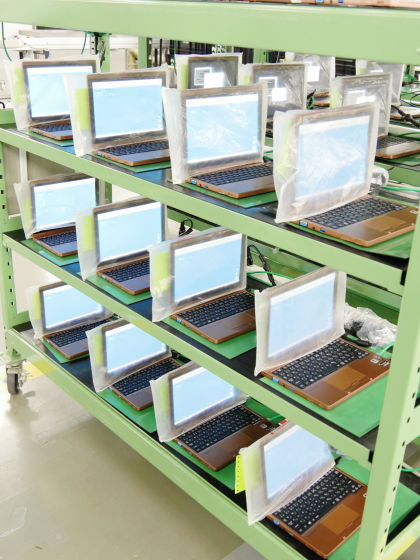
At the far end of the production area, Panasonic's shopping site "Panasonic StoreThere was space to deal with the PC ordered by. Here we will customize as much as 2000 types such as HDD, memory and color top board.
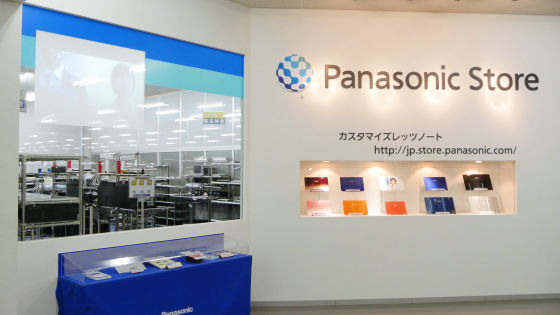
Finally I went back to the first floor again and showed the config center.
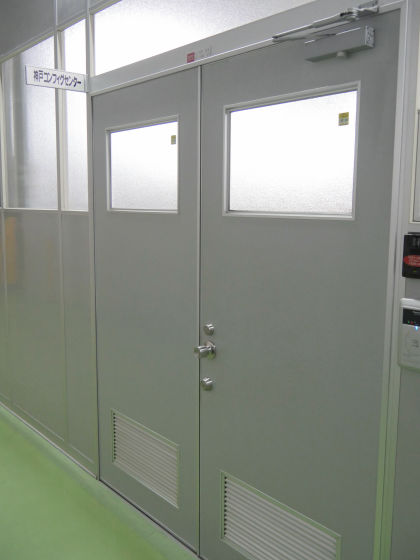
At the Config Center, we respond to requests for each company / university, such as setting options and installing software. Last year, about 90,000 PCs were customized here.
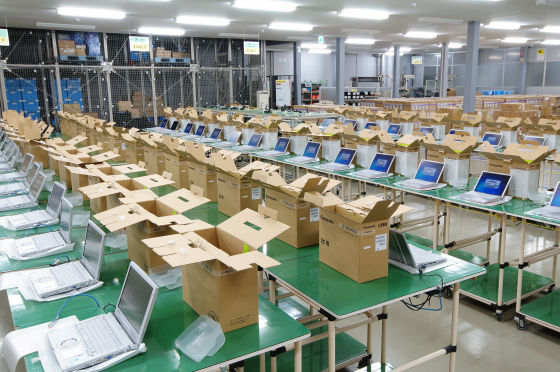
All the tours are over. After the visit, feedback was given to the editorial staff who is using Let's Note everyday, such as "Is there anything we can improve?" "Is there anything that you would normally inconveniently use?" I tried various requests, so maybe it might be reflected. It is one of the reasons Panasonic continues to stick to domestic production, keeping strong cooperation with users and reflecting requests as much as possible. In addition, I realized at the Kobe factory that we maintain consistent quality and productivity by doing development in Japan, assembly not in China, but developing, mounting and assembling all in Japan.
Related Posts:
